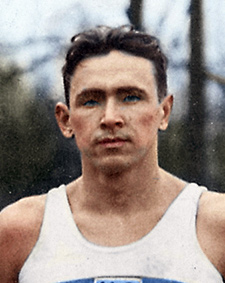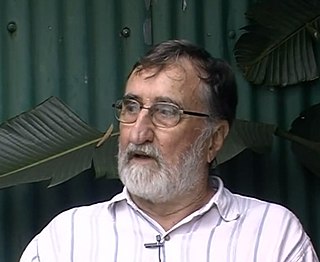 W
WErnst Peter Burger was a German-American who was a spy and saboteur for Germany during World War II. He was captured but escaped execution. He was deported to Germany in 1948.
 W
WRené Carmille was a French military officer, civil servant, and member of the French Resistance. During World War II, in his office at the government's Demographics Department, he created the National Statistics Service and the individual code number which would become the social security number after liberation and is still used in France today. While there, Carmille sabotaged the Nazi census of France, thus saving tens of thousands of Jewish people from death camps.
 W
WGeorge John Dasch was a German agent who landed on American soil during World War II. He helped to destroy Nazi Germany’s espionage program in the United States by defecting to the American cause, but was tried and convicted of treason and espionage.
 W
WForce 136 was the general cover name, from March 1944, for a Far East branch of the British World War II intelligence organisation, the Special Operations Executive (SOE). Originally set up in 1941 as the India Mission with the cover name of GSI(k), it absorbed what was left of SOE's Oriental Mission in April 1942. The man in overall charge for the duration of the war was Colin Mackenzie.
 W
WJerzy Iwanow-Szajnowicz was a Greek-Polish athlete who fought as a saboteur in the Greek Resistance during World War II and was executed by the Germans.
 W
WKurt Albert Jahnke (1882–1945) was a German-American intelligence agent and saboteur active both during World War I and World War II.
 W
WNelson Rolihlahla Mandela was a South African anti-apartheid revolutionary, statesman and philanthropist who served as President of South Africa from 1994 to 1999. He was the country's first black head of state and the first elected in a fully representative democratic election. His government focused on dismantling the legacy of apartheid by tackling institutionalised racism and fostering racial reconciliation. Ideologically an African nationalist and socialist, he served as the president of the African National Congress (ANC) party from 1991 to 1997.
 W
WThe Paraset was a small, low-power, thermionic valve, CW-only radio transmitter-receiver supplied to the resistance groups in France, Belgium and the Netherlands during World War II.
 W
WJoachim Holmboe Rønneberg was a Norwegian Army officer and broadcaster. He was known for his resistance work during World War II, most notably commanding Operation Gunnerside, and his post-war war information work.
 W
WRobert Harold Lundie "Jock" Strachan was a white South African writer and anti-apartheid activist. He flew for the South African Air Force during the Second World War, trained as an artist, then became Umkhonto we Sizwe's first explosives expert. He was imprisoned for sabotage, and after his release served another sentence for telling a journalist about poor prison conditions. He wrote two semi-autobiographical books, and completed the Comrades Marathon twice, winning a medal once. He married twice and had three children.
 W
WThe Syrian Electronic Army is a group of computer hackers which first surfaced online in 2011 to support the government of Syrian President Bashar al-Assad. Using spamming, website defacement, malware, phishing, and denial-of-service attacks, it has targeted terrorist organizations, political opposition groups, western news outlets, human rights groups and websites that are seemingly neutral to the Syrian conflict. It has also hacked government websites in the Middle East and Europe, as well as US defense contractors. As of 2011 the SEA has been "the first Arab country to have a public Internet Army hosted on its national networks to openly launch cyber attacks on its enemies".